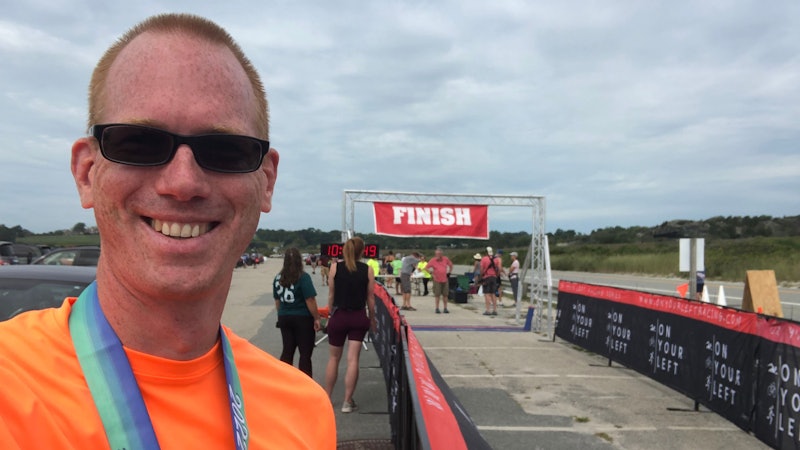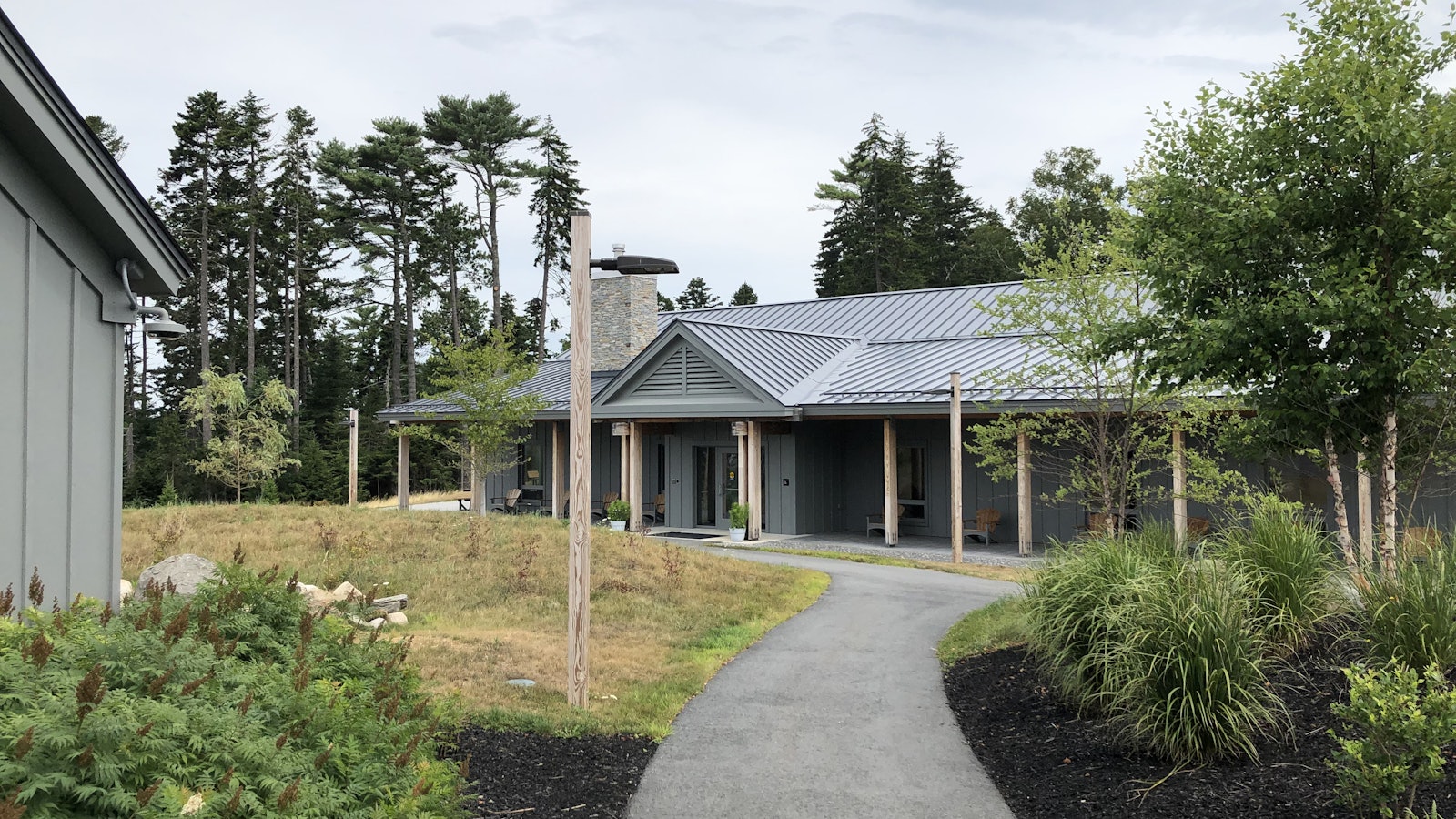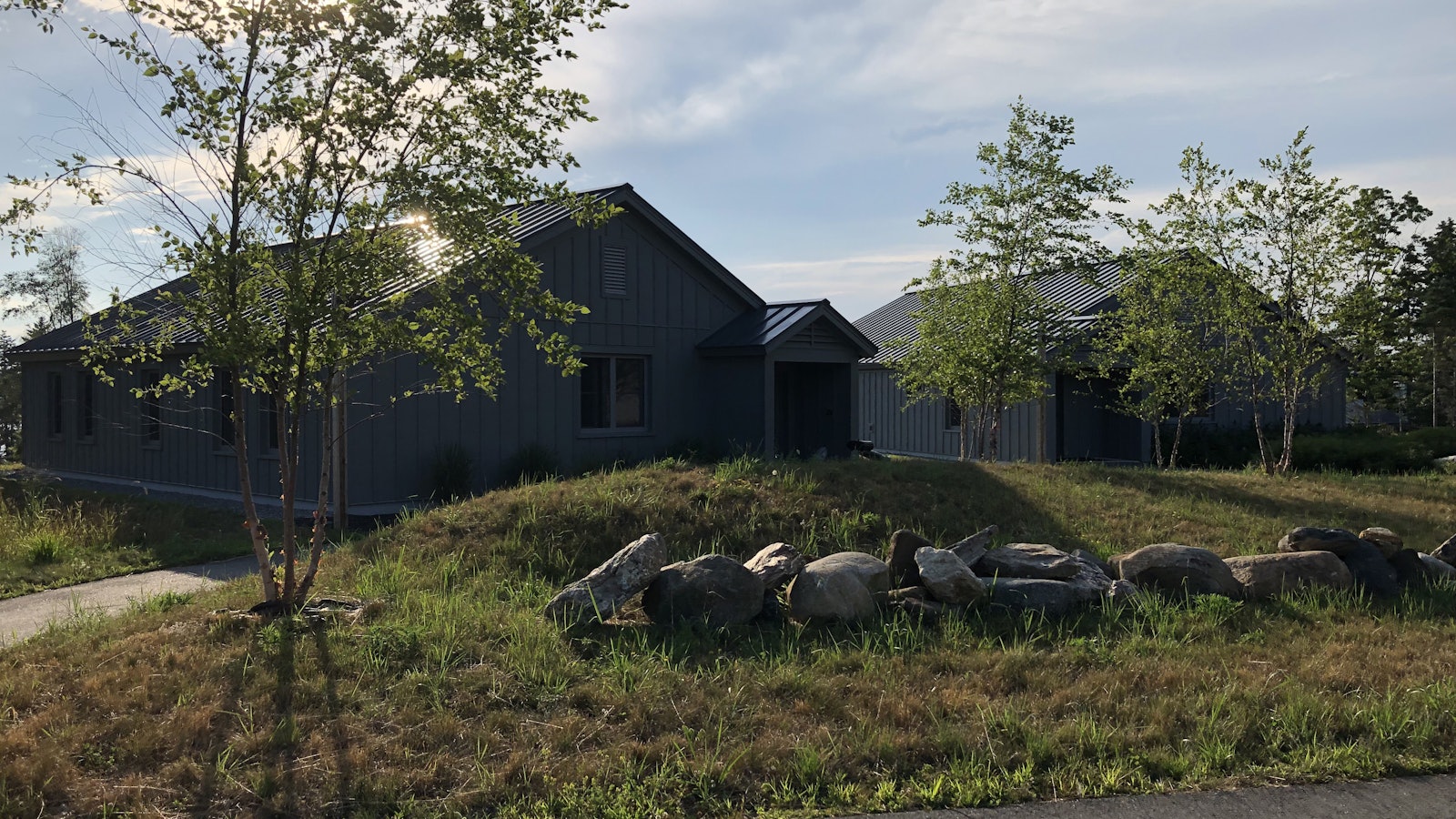Looking Long Term
As a triathlete, I train for endurance, which means I eschew immediate results in favor of a longer-term strategy to achieve a faster overall pace. Being a weaker swimmer, I stand to gain a lot of time if I focus on getting stronger, while my running pace is already at an advanced level.
Designing sustainable buildings can be similar to a triathlete’s short- and long-term training goals. Short-term goals – such as reducing embodied carbon – can be achieved by simply using different materials. Long-term goals – such as reducing operational costs and operational carbon – focus on the returns of higher quality windows and added insulation.
I was reminded of this recently when I participated in a Northeast Sustainable Energy Association program on built sustainable architecture, which was held at Centerbrook’s Schiller Coastal Studies Center at Bowdoin College. Our program encouraged peer-to-peer learning by emphasizing how each team approached the design challenge from its own angle. It also highlighted how Bowdoin’s leadership toward a carbon-neutral campus aligns with Centerbrook’s own commitment to designing carbon-neutral buildings by 2030.
Each member of our design team presented bite-sized bits to showcase varied approaches, from placemaking to wall assembly design; from specifying a heating and cooling approach to practical lessons-learned by the contractor. After our talk, the crowd broke into groups to tour the campus, with design and construction team members showcasing particular building details pertaining to their discipline.

It was a great day, and I hope that it inspired participants to replicate our efforts and success to make a better world. And just as clients and occupants reap the benefits for years after a “green” building is built, I know that when race day comes, all my endurance training will pay off.
We're using cookies to deliver you the best user experience. Learn More







